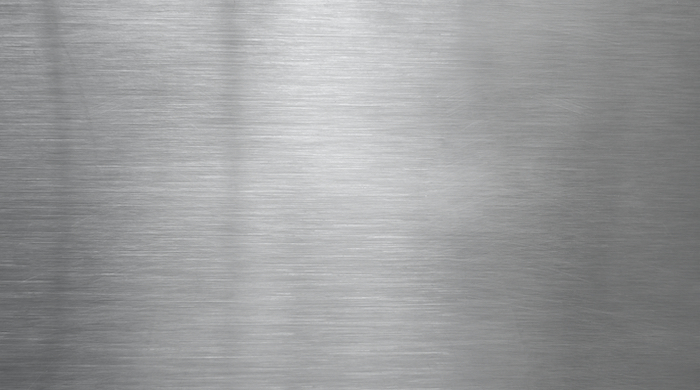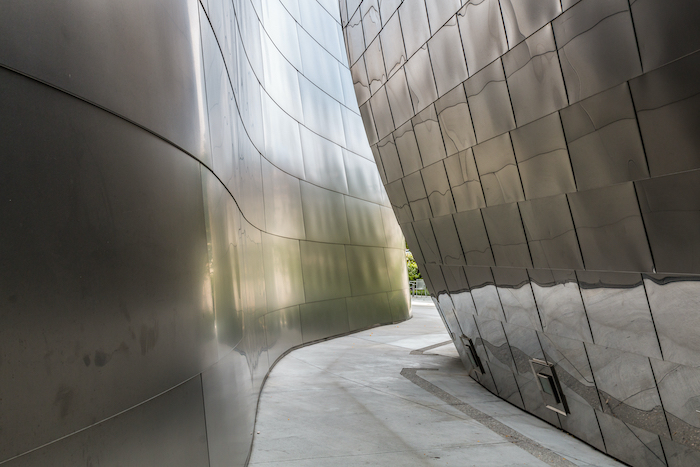When it comes to stainless steel finishes, there are generally two types: brushed (also called “satin”) vs. polished. The main difference between the two of these is the surface; brushed stainless steel will have a rougher texture with grit lines, while polished or mirror stainless steel will have a smoother, more reflective surface.
At Polished Metals, we’re a leading stainless steel finishing company, offering a broad selection of finish types across many metal products. Both of these classes of finishes have various applications and advantages, but it’s important to have a good understanding of each before making a final determination for your project. So today, we’re providing a complete breakdown of brushed vs. polished stainless steel, including key properties and use cases.
Comparing Brushed vs. Polished Stainless Steel for Your Project
What Is Brushed Stainless Steel?
Brushed stainless steel refers to stainless steel that is finished using an abrasive material, resulting in a rough appearance, a grooved texture, and a less reflective finish overall. The type of finish produced by these techniques is often called “satin.”

What Is Polished Stainless Steel?
While “finished” metal and “polished” metal can sometimes mean the same thing, polished stainless steel also refers to the highly reflective “mirror” finishes commonly used for this metal. Mirror or polished finishes take the finishing process several steps further than brushed, by following the brushing process with a round (or multiple rounds) of buffing.
Properties of Brushed and Polished Stainless Steel
The different finishes produced by the brushed vs. polished stainless steel processes result in very distinct appearances—but also distinct properties.
For example, brushed finishes are among the most popular for stainless steel. This is because the appearance resulting from a brushed finish—with a more textured, grooved surface—can disguise many forms of wear and cosmetic damage. What’s more, despite these grooves, brushed finishes still provide an ideal surface for cleaning. This means brushed stainless steel will generally require less upkeep.
On the other hand, polished stainless steel will have a much more reflective surface, ranging from a bright sheen to a truly mirrored finish. This is often very desirable for ornamentation and decoration, as the high reflectivity adds class, elegance, and sophistication.
Brushed vs. Polished Stainless Steel: Which Is Better?

The ideal finish for your stainless steel products will entirely depend on the use case. Both brushed and polished stainless steel finishes have their place, so it’s important to weigh the goals of your project before making a final determination.
Generally speaking, the use cases break down as follows:
- Brushed stainless steel is more common for functional use cases, where it is desirable to keep maintenance needs low or where scratching may be common. This could include cabinets, countertops in commercial kitchens, trim, and architectural or structural use cases.
- Polished stainless steel should be used for use cases where achieving an aesthetic appearance is a primary goal. Highly polished stainless steel may be used for artwork and ornamentation or to add visual flair to architecture and design projects, such as for railings, elevator components, and more.
Polished Metals: Your Stainless Steel Experts
Polished Metals is known throughout the world for our best-in-class metal finishing services. We have an expansive inventory of stainless steel products, including sheets, plates, bars, angles, channels, and much more. We take pride in maintaining superior quality and attention to detail across each and every project we complete, be it large or small.
In addition, our 50,000 square foot metal finishing facility enables us to process high-volume orders while meeting strict timelines and maintaining consistent high quality across each piece. To get started, or if you have questions about custom metal finishing, reach out to our team today.

